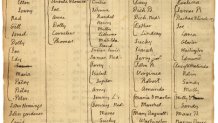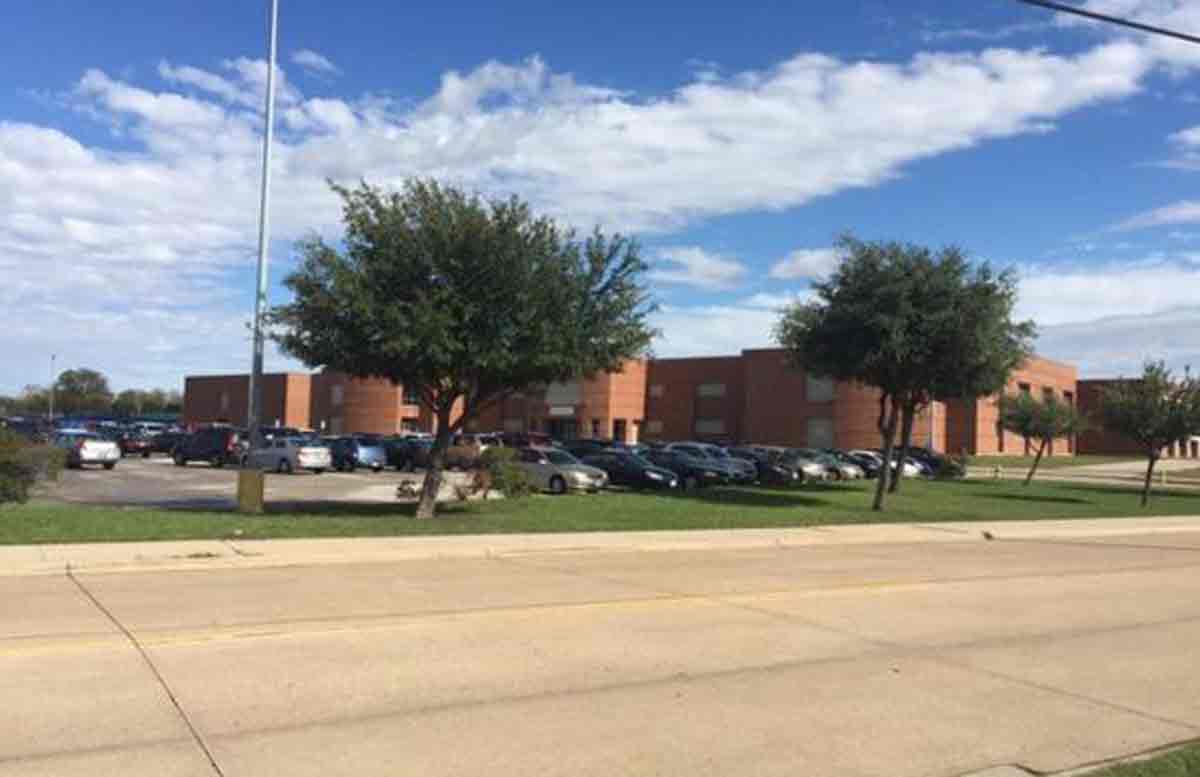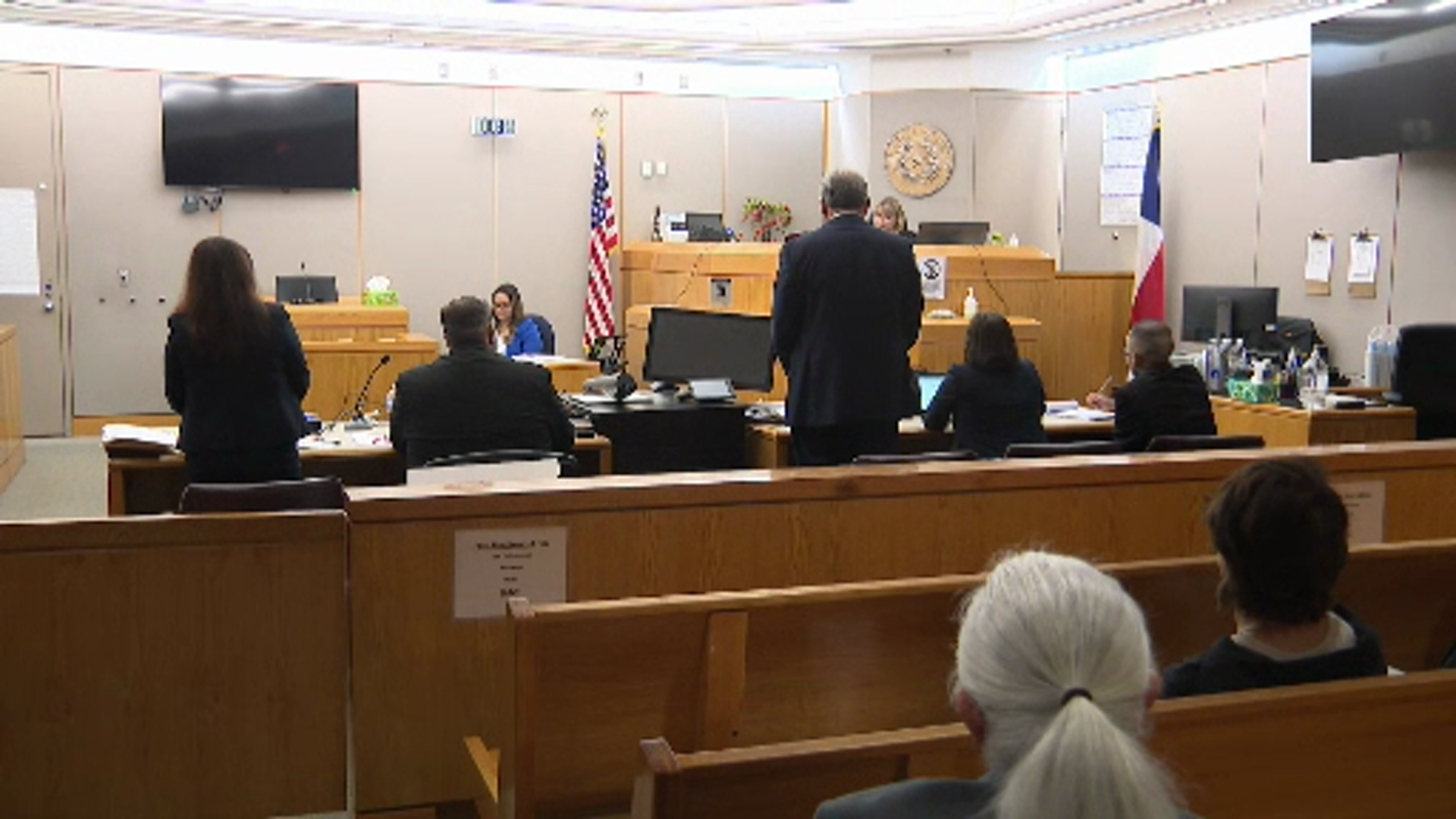Thomas Jefferson, the man who infused the United States Declaration of Independence with the words “all men are created equal,” owned human beings as slaves. That contradiction and the stories of Monticello’s enslaved population are at the heart of 'Slavery at Jefferson’s Monticello: Paradox of Liberty,' an updated touring exhibition originally created in 2012 on view at the African American Museum in Dallas’ Fair Park through December January 21.
“This exhibition facilitates this conversation about slavery and the impact of slavery which we still live with, because it tells the story through the lens of the slave people. It doesn’t tell the story of a defeated people. It tells a story of a people making the best they can with the circumstances with which they found themselves and that’s important. It’s a story about survival. It’s a story about moving forward. It’s an American story,” Gayle Jessup White, Monticello’s Community Engagement Officer, said.

This expanded exhibition, making its first stop on a three-year tour in Dallas and featuring more than 300 objects, holds a personal connection for White: she is a descendant of the nation’s third president.
“When I was 12 years old, I stumbled upon this oral history that we’re descended from Thomas Jefferson,” White said. “At this point, there was a certain shame within the black community by having this kind of lineage and it just wasn’t anything my dad was interested in. I, on the other hand, was captivated by it.”
Years of research led her to Monticello and DNA tests confirmed Jefferson is her five times great grandfather. Two years ago, she learned Peter Hemings, a Monticello slave, is her four times great-grandfather. During a recent excavation, the original kitchen where Hemings worked was unearthed.
Walking on the dirt floor of that space was an emotional experience for White. “That’s my family. That was his dirt, so I put my hands in that dirt, that red clay. I rubbed it all over my hands, rubbed it on my arms,” White said. “It’s that significant because I’m that close to my ancestors.”

Hemings’ sister is Sally Hemings, the slave who was the mother of six of Jefferson’s children. As a teenager, she accompanied Mary “Polly” Jefferson, Jefferson’s daughter, to France. Jefferson, a widower, was serving as the United States Minister to France at the time. According to Madison Hemings, Hemings’s son, Jefferson and Hemings began a sexual relationship while in France. Hemings became pregnant. She had the opportunity to stay in France as a free woman, but Jefferson wanted her to return to Virginia.
Local
The latest news from around North Texas.
“She negotiated with him. She negotiated with one of the most influential men of that time. She negotiated with a founding father. She negotiated with the writer of the Declaration of Independence and said, ‘I’m not going back unless I get certain privileges and among those privileges will be freedom for my children.’ He granted her that,” White said. Of the six children she bore, four survived to adulthood. Jefferson freed all of them and after Jefferson’s death, his daughter informally freed Hemings.
Thanks to the availability of DNA tests, many Jefferson and Hemings descendants have discovered their ties to Monticello. In light of the Black Lives Matter and Me Too movements, the nature of Jefferson and Hemings’ relationship is divisive among descendants.
“Think of Thanksgiving. Everybody has a different opinion. Some people believe there was a love relationship between the two of them. Some people believe there was a rape,” White said. “The power imbalance was undeniable. He owned her.”

The announcement of this touring exhibition was made only days after Monticello unveiled new exhibitions, including the opening of the South Wing and The Life of Sally Hemings exhibit. Those new exhibitions at Monticello as well as the panels about Hemings added to the exhibition coming to Dallas reflect Monticello’s priority to flesh out the lives of Sally Hemings and all slaves at Monticello.
“For over 200 years, Sally Hemings has been an appendage to Thomas Jefferson. She has been scandalized, she’s been controversial by no fault of her own. She had no identity aside from that. What we’ve done at Monticello is that we have given back Sally Hemings’ her humanity,” White said.
In addition to the section about Hemings, Slavery at Monticello features a digital recreation of Mulberry Row where many Monticello slaves worked, descendants’ stories filmed for the Monticello historian’s Getting Word Oral History Project and a Slavery at Monticello app featuring recent scholarship about Monticello’s enslaved community. Timed to coincide with the State Fair of Texas, the exhibition offers an opportunity to appreciate the American slave population’s contribution to the nation.
“Slave people were not a monolith moving through American history. They were individuals and we are working to help our guests and other people understand how multi-dimensional they were, to see them as fully developed human beings,” White said. “As people begin to see the enslaved as fully dimensional, fully developed human beings, they will see their descendants as such.”



